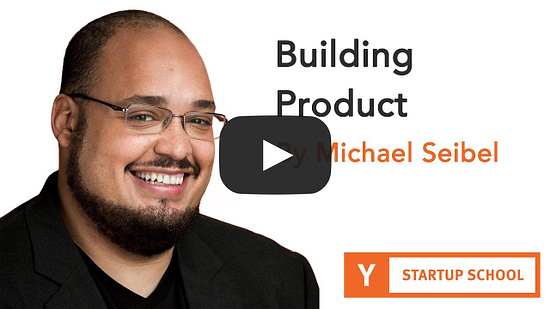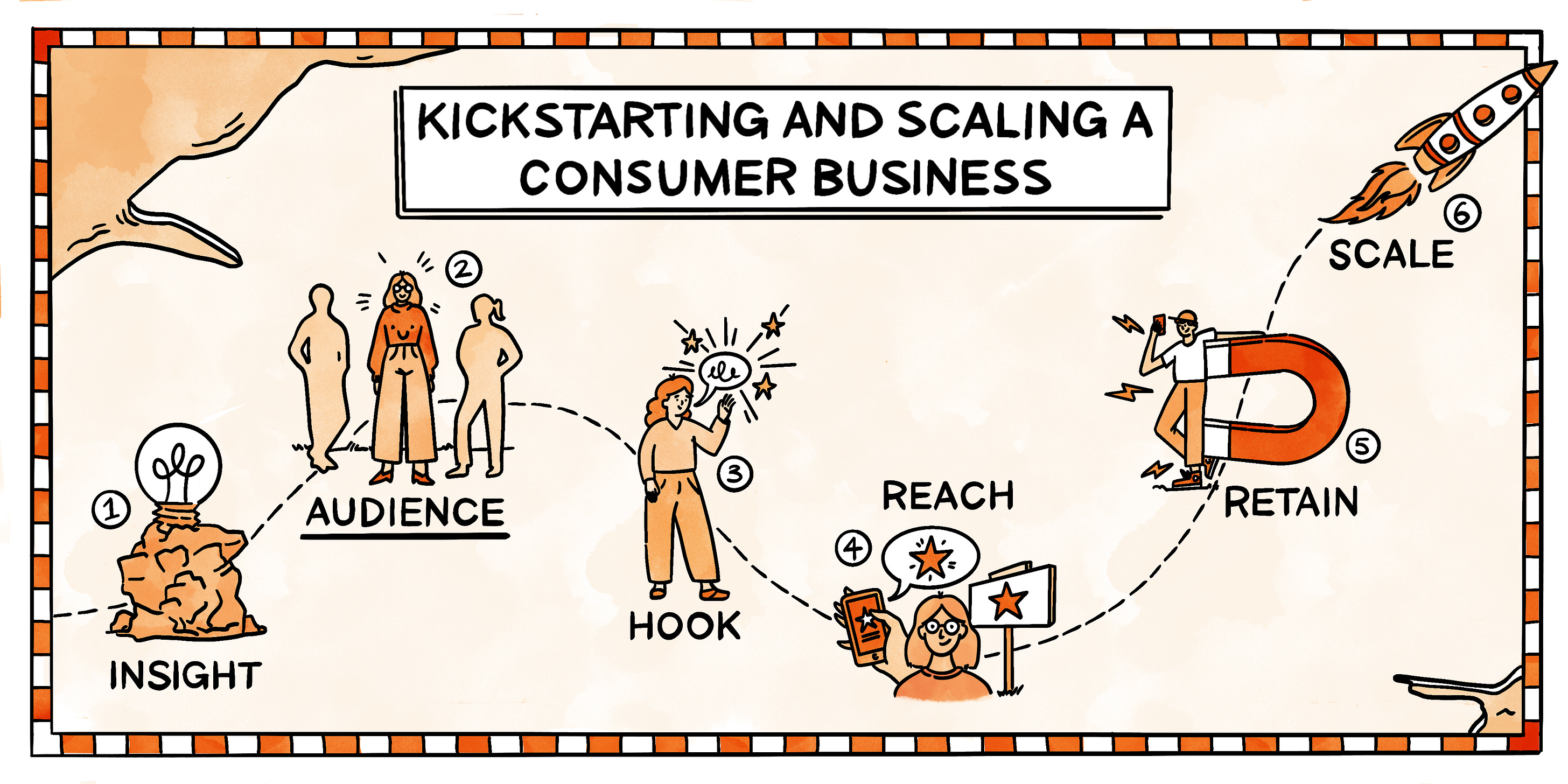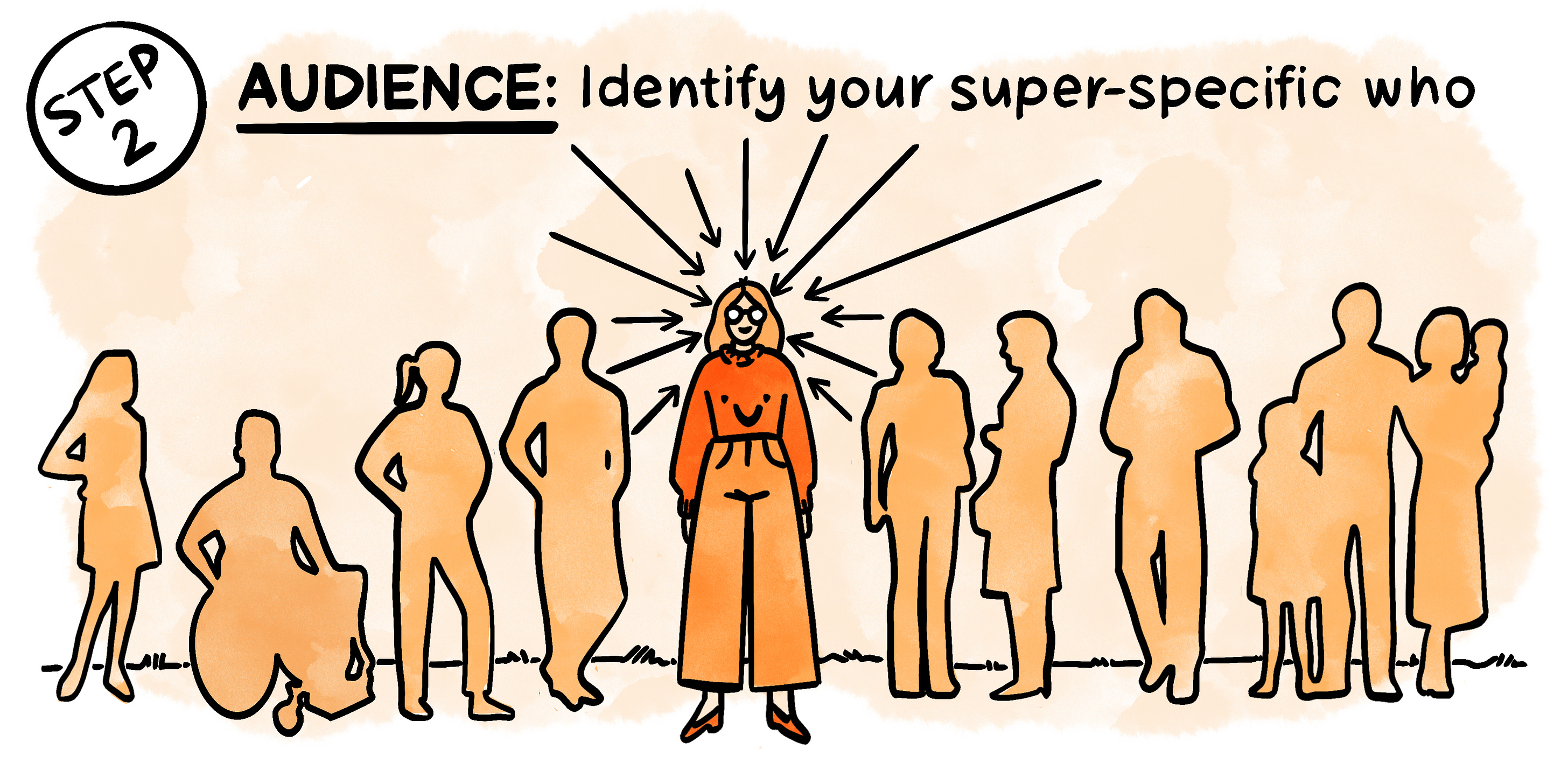How to kickstart and scale a consumer business—Step 2: Identify your super-specific who
This is a peek at today’s subscriber-only post—part two of our six-part series on kickstarting and scaling a consumer marketplace. Subscribe to get access to this full issue—and every issue. P.S. If you’ve recently been laid off, or are experiencing financial hardship, request a free subscription by filling out this form. How to kickstart and scale a consumer business—Step 2: Identify your super-specific whoLessons from Substack, Netflix, Yelp, Discord, TikTok, Instagram, Cameo, DoorDash, and dozens of others👋 Hey, I’m Lenny and welcome to a 🔒 subscriber-only edition 🔒 of my weekly newsletter. Each week I tackle reader questions about product, growth, working with humans, and anything else that’s stressing you out about work. Send me your questions and in return I’ll humbly offer actionable real-talk advice. Welcome to part two of our six-part series on kickstarting and scaling a consumer business. If you’re just joining us, here are links to previous posts, and a sense of what’s ahead:
The main question we’ll be answering in today’s post: Why (and how) do you target a very narrow set of early adopters? Let’s get right into it. In January 2010, when Ben Silbermann launched Pinterest, his initial growth strategy was to target his techie friends. He first emailed friends to let them know about his new site that lets you organize and share the things you love. “What’s the point?” they all asked. He then emailed all of his co-founders’ friends on the East Coast. No one cared. He emailed everybody he knew from his last job at Google, and all of his wife’s friends at Facebook.
He then started spending time at Apple stores, where he switched the default home pages on every laptop to Pinterest.com and stood in the back saying, “Wow! This Pinterest thing is really blowing up.” Didn’t work. Ben started to realize that maybe tech people had no interest in what he was building. But there was an unexpected demographic that seemed to get it, as Ben shared at a talk at Startup School:
On a whim, Ben decided to attend a conference in Salt Lake City called Alt Summit, a large female-focused design and blogging conference. He walked the halls pitching Pinterest and began to see a bit of interest. Eventually he met a woman named Victoria Smith who had a blog called SFGirlByBay. She quickly saw the potential of Pinterest, and they decided to collaborate on a promotion: Victoria created a Pinterest board with all the things that mean “home” to her and then tagged other bloggers to do the same. Each blog had a small but rabid fan base, and their audiences loved it. They got Pinterest. Soon they started to use it for all kinds of other things, and just a year later, Pinterest was at over a million users. Throughout this journey, the product itself didn’t meaningfully change—the audience did. Ben initially assumed that a new tech website would resonate with tech employees. Instead, 30-something female bloggers turned out to be the ideal early adopters. When deciding who to go after when just starting out, it’s important to be super-specific. You need to find your “super-specific who”. As Andy Johns (former growth leader at Facebook, Twitter, Wealthfront, and Quora) put it:
Michael Seibel shared the same lesson from his time at Justin.TV (60-second clip):  As did Andy Rachleff (co-founder of Benchmark):
As did Paul Graham:
April Dunford (author of Obviously Awesome) calls this your “customers who care”:
And Julie Supan (GTM advisor to YouTube, Airbnb, Dropbox, Discord, and Thumbtack) calls this your “high-expectation customer”:
Nearly every successful consumer company nailed their super-specific who (though not always right away). Here are a bunch of examples: How they found their super-specific whoYelp started very broad and quickly found one specific group that was most drawn to its product:
Cameo started off by focusing on B-list athletes because the idea itself was inspired by one—and it turned out to be a great target:
Netflix went after online DVD fanatics because that’s who they suspected would benefit most from unlimited DVD rentals:
Instagram went after designers interested in photography with a large Twitter following, because those are the people they wanted to set the tone for the platform:
Wealthfront went after young engineers at pre-IPO tech companies:
Discord’s super-specific who was comically narrow:... Subscribe to Lenny's Newsletter to read the rest.Become a paying subscriber of Lenny's Newsletter to get access to this post and other subscriber-only content. A subscription gets you:
|
Older messages
Sign in to Lenny's Newsletter
Tuesday, July 5, 2022
. Here's a link to sign in to Lenny's Newsletter. This link can only be used once and expires after 24 hours. Sign in now © 2022 2443 Fillmore St., #380-8231, San Francisco, CA 94115 345 .
Kickstarting and scaling a consumer business
Tuesday, July 5, 2022
Step 1: How to come up with an idea
How to build trust in a marketplace
Tuesday, June 14, 2022
Lessons from Lyft, Rover, Thumbtack, Snackpass, Peerspace, Shef, and more
Community Wisdom: Podcast update + prioritizing at an early-stage startup, playbooks for product discovery, demons…
Friday, June 10, 2022
Community Wisdom 88
I’ve launched a podcast!
Tuesday, June 7, 2022
And the first two episodes with Julie Zhuo and Shreyas Doshi are now live!
You Might Also Like
🚀 Ready to scale? Apply now for the TinySeed SaaS Accelerator
Friday, February 14, 2025
What could $120K+ in funding do for your business?
📂 How to find a technical cofounder
Friday, February 14, 2025
If you're a marketer looking to become a founder, this newsletter is for you. Starting a startup alone is hard. Very hard. Even as someone who learned to code, I still believe that the
AI Impact Curves
Friday, February 14, 2025
Tomasz Tunguz Venture Capitalist If you were forwarded this newsletter, and you'd like to receive it in the future, subscribe here. AI Impact Curves What is the impact of AI across different
15 Silicon Valley Startups Raised $302 Million - Week of February 10, 2025
Friday, February 14, 2025
💕 AI's Power Couple 💰 How Stablecoins Could Drive the Dollar 🚚 USPS Halts China Inbound Packages for 12 Hours 💲 No One Knows How to Price AI Tools 💰 Blackrock & G42 on Financing AI
The Rewrite and Hybrid Favoritism 🤫
Friday, February 14, 2025
Dogs, Yay. Humans, Nay͏ ͏ ͏ ͏ ͏ ͏ ͏ ͏ ͏ ͏ ͏ ͏ ͏ ͏ ͏ ͏ ͏ ͏ ͏ ͏ ͏ ͏ ͏ ͏ ͏ ͏ ͏ ͏ ͏ ͏ ͏ ͏ ͏ ͏ ͏ ͏ ͏ ͏ ͏ ͏ ͏ ͏ ͏ ͏ ͏ ͏ ͏ ͏ ͏ ͏ ͏ ͏ ͏ ͏ ͏ ͏ ͏ ͏ ͏ ͏
🦄 AI product creation marketplace
Friday, February 14, 2025
Arcade is an AI-powered platform and marketplace that lets you design and create custom products, like jewelry.
Crazy week
Friday, February 14, 2025
Crazy week. ͏ ͏ ͏ ͏ ͏ ͏ ͏ ͏ ͏ ͏ ͏ ͏ ͏ ͏ ͏ ͏ ͏ ͏ ͏ ͏ ͏ ͏ ͏ ͏ ͏ ͏ ͏ ͏ ͏ ͏ ͏ ͏ ͏ ͏ ͏ ͏ ͏ ͏ ͏ ͏ ͏ ͏ ͏ ͏ ͏ ͏ ͏ ͏ ͏ ͏ ͏ ͏ ͏ ͏ ͏ ͏ ͏ ͏ ͏ ͏ ͏ ͏ ͏ ͏ ͏ ͏ ͏ ͏ ͏ ͏ ͏ ͏ ͏ ͏ ͏ ͏ ͏ ͏ ͏ ͏ ͏ ͏ ͏ ͏ ͏ ͏ ͏ ͏ ͏ ͏ ͏ ͏ ͏ ͏ ͏
join me: 6 trends shaping the AI landscape in 2025
Friday, February 14, 2025
this is tomorrow Hi there, Isabelle here, Senior Editor & Analyst at CB Insights. Tomorrow, I'll be breaking down the biggest shifts in AI – from the M&A surge to the deals fueling the
Six Startups to Watch
Friday, February 14, 2025
AI wrappers, DNA sequencing, fintech super-apps, and more. ͏ ͏ ͏ ͏ ͏ ͏ ͏ ͏ ͏ ͏ ͏ ͏ ͏ ͏ ͏ ͏ ͏ ͏ ͏ ͏ ͏ ͏ ͏ ͏ ͏ ͏ ͏ ͏ ͏ ͏ ͏ ͏ ͏ ͏ ͏ ͏ ͏ ͏ ͏ ͏ ͏ ͏ ͏ ͏ ͏ ͏ ͏ ͏ ͏ ͏ ͏ ͏ ͏ ͏ ͏ ͏ ͏ ͏ ͏ ͏ ͏ ͏ ͏ ͏ ͏ ͏ ͏ ͏ ͏ ͏ ͏
How Will AI-Native Games Work? Well, Now We Know.
Friday, February 14, 2025
A Deep Dive Into Simcluster ͏ ͏ ͏ ͏ ͏ ͏ ͏ ͏ ͏ ͏ ͏ ͏ ͏ ͏ ͏ ͏ ͏ ͏ ͏ ͏ ͏ ͏ ͏ ͏ ͏ ͏ ͏ ͏ ͏ ͏ ͏ ͏ ͏ ͏ ͏ ͏ ͏ ͏ ͏ ͏ ͏ ͏ ͏ ͏ ͏ ͏ ͏ ͏ ͏ ͏ ͏ ͏ ͏ ͏ ͏ ͏ ͏ ͏ ͏ ͏ ͏ ͏ ͏ ͏ ͏ ͏ ͏ ͏ ͏ ͏ ͏ ͏ ͏ ͏ ͏ ͏ ͏ ͏ ͏ ͏ ͏ ͏ ͏ ͏ ͏ ͏ ͏



